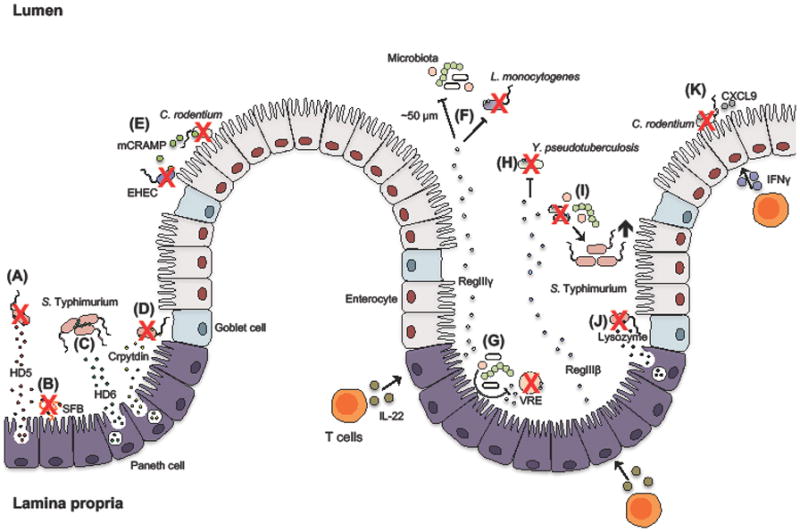Figure 1. In vivo functions of intestinal antimicrobial peptides.

(A) Paneth cell secretion of human defensin 5 (HD5) contributes to decreasing intestinal S. Typhimurium burden and (B) also strongly reduces the levels of commensal segmented filamentous bacteria (SFB). (C) Contrary to HD5, HD6 contributes to host defense against S. Typhimurium through formation of oligomers that entrap the pathogen. (D) Furthermore, mouse α-defensins (cryptdins) promote host defense against S. Typhimurium. (E) Epithelial cell-derived murine CRAMP (mCRAMP) contributes to killing of C. rodentium and enterohemorrhagic E. coli (EHEC). Robust production of interleukin (IL)-22 induces Paneth cells to express the C-type lectins RegIIIγ and RegIIIβ. (F) RegIIIγ maintains spatial separation between the microbiota and the epithelial cell layer and also facilitates clearance of pathogenic L. monocytogenes. (G) Members of the microbiota can furthermore induce the expression of RegIIIγ, which promotes resistance to Vancomycin-Resistant Enterococcus (VRE). (H) RegIIIβ is important for host protection against enteric Y. pseudotuberculosis but can also (I) target the enteric microbiota and consequently prolong S. Typhmurium infection. (J) Secretion of lysozyme by Paneth cells promote the reduction of intestinal S. Typhimurium burden. (K) Lastly, interferon gamma (IFNγ)-inducible chemokines, such as CXCL9, mediate clearance of the mouse pathogen C. rodentium by a mechanism independent of their chemotactic ability.
